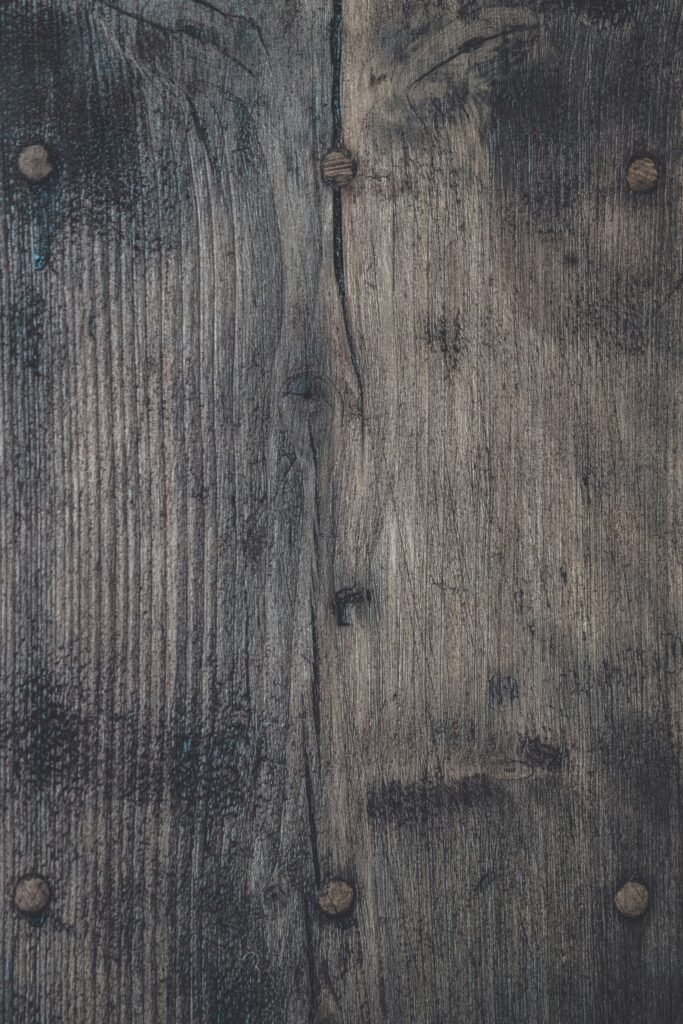Can you recall the last time you tasted something so delectable it lingered long after the meal had ended? For us, one of those unforgettable flavors is smoked fish. There’s something nearly poetic in the way smoke can transform a piece of fish into a savory masterpiece, both rich and delicate. If you’re like us and have always been curious about mastering this art, you’ve come to the perfect spot.

This image is property of images.unsplash.com.
Why Smoke Fish?
The real question we often ask ourselves is why not smoke fish? The smoky aroma, the depth of flavor, and that silky texture—all combine to create a culinary experience that’s quite unparalleled. Smoking is not merely cooking; it’s a journey of patience, anticipation, and eventually, ultimate satisfaction. But before diving headlong into this culinary adventure, it might be worth exploring what makes smoked fish so captivating.
Elevating Flavors
At its core, smoking fish enhances its natural qualities. By adding layers of smokiness, we allow nuances to shine through that are otherwise muted in simpler preparations. Think of it as adding an extra dimension to the taste we all already love. Plain fish is transformed into something savory, salty, and somewhat sweet. This rounded flavor profile is one of the many reasons we adore smoking fish.
Texture Wonderland
The smoking process also has an indelible impact on texture. Depending on your method—whether you hot smoke for a firm, flaky finish or cold smoke for that silkier, sashimi-like texture—the feel of the fish on your palate significantly enhances the experience. We genuinely marvel at how a piece of salmon, after spending time in the smoker, can become so complex in texture—smooth yet firm.
Cultural Legacy
Smoking fish is not just a cooking technique; it’s a practice rooted in history. Long before modern preservation methods were available, smoking was a way to keep fish edible for long periods. This knowledge passed down through generations not only shows us where we’ve been but also highlights cultural heritages and traditional practices that have stood the test of time.
Getting Started with Smoking Fish
Great feedback from people tells us that the first step in smoking fish can feel like standing at the base of a mountain. But when broken down into smaller steps, it’s more like climbing a gently sloping hill.
Choosing the Right Fish
Not every fish is created equal when it comes to smoking. While personal preference reigns supreme, some fish inherently lend themselves to the smokehouse better than others. You’ll want to select fish with higher fat content as it absorbs the smoky flavor more readily. Here’s a handy comparison for quick reference:
| Fish Type | Characteristics | Best Smoking Method |
|---|---|---|
| Salmon | Oily, rich | Cold or Hot Smoke |
| Trout | Delicate, mild | Hot Smoke |
| Mackerel | Strong flavor | Hot Smoke |
| Tuna | Meaty, sturdy | Cold or Hot Smoke |
Setting Up the Equipment
Ah, the smoker—our beloved contraption that holds the promise of smoky perfection. You can opt for an electric smoker for its ease of use, or go for a traditional charcoal one if you enjoy the authenticity it brings. Regardless of your choice, maintaining the correct temperature is crucial. Cold smoking typically involves keeping the smoker at a cool 68°F to 86°F, whereas hot smoking heats things up to between 120°F and 180°F.
Prepping the Fish
Prepping is a step that is often overshadowed by the excitement of smoking but shouldn’t be underestimated. Before the fish meets the smoke, we cure it. This entails covering the fish in a salt and sugar mixture to draw out moisture and flavor. Imagine it like a sauna session—sweat it out before the relaxation! Aim for about 8 to 12 hours of curing in the fridge for best results.
The Smoking Process
Finally, the moment we’ve been eagerly anticipating—the smoke. This stage is as much an art as it is science, demanding patience and intuition. But, when you get it right, the outcome is nothing short of magical.
Choosing the Wood
Selecting the right wood is akin to choosing the right paintbrush for your masterpiece. Each wood type imparts different flavors, and your choice will markedly affect the final product.
| Wood Type | Flavor Notes | Ideal For |
|---|---|---|
| Hickory | Strong, bacon-like | Bold fish varieties |
| Applewood | Sweet, mild | Salmon, Trout |
| Alder | Subtle, sweet | Most fish, especially salmon |
| Cherry | Fruity, mild | Lighter fish |
Monitoring the Smoke
True, the waiting game can be intense, but it’s critical to monitor the smoke continuously. We always aim for thin, blue smoke rather than billowing clouds—thin smoke means controlled burning, which is key for flavor integrity.
Timing is Key
For cold smoking, prepare for a longer journey—up to 24 hours, depending on flavor preference and thickness of the fish. Hot smoking is quicker but no less arduous, ranging from 1 to 4 hours. Always trust your gut and your tongue. Sample along the way to ensure you’re happy with the taste developing below that rising plume.
Recipes to Try
We know the real thrill here is rolling up our sleeves and finally putting theory into practice. Below are some recipes that have never failed us and are a perfect starting point.
Classic Smoked Salmon
Transform your favorite bagel topper into something stellar.
Ingredients:
- 2 lbs salmon fillet
- 1/4 cup kosher salt
- 1/4 cup brown sugar
- Wood chips of choice
Instructions:
- Combine salt and sugar, then generously apply the mixture over the salmon fillet.
- Let it cure in the fridge for 8 to 12 hours.
- Rinse the salmon, then pat dry.
- Smoke over chosen wood at 120°F for 3 to 4 hours until the internal temperature reaches 145°F.
Smoky Mackerel Delight
A robust dish, perfect as a standalone or salad addition.
Ingredients:
- 4 whole mackerel, cleaned and gutted
- 1/4 cup sea salt
- 1/4 cup sugar
- Lemon slices (optional for serving)
Instructions:
- Mix sea salt and sugar, rub thoroughly all over the mackerel.
- Refrigerate for at least 6 hours.
- After rinsing, dry the fish and smoke it at 160°F using hickory chips for 2 to 3 hours.

This image is property of images.unsplash.com.
Troubleshooting Common Problems
Even seasoned smoke enthusiasts encounter hiccups. We’re all learning, so take comfort in knowing most issues are fixable with a bit of insight.
Too Salty?
If the finished product is too salty, you might need to adjust the curing time or give it a more thorough rinse pre-smoking. A lengthy soak in cold water can also help draw out excess salt.
Overpowering Smoke Flavor
Should your fish resemble a campfire more than a culinary delight, reassess the amount of wood used, as well as ensuring the smoke is thin and controlled. Sometimes, less is more.
Conclusion
And there we have it! While smoking fish may feel daunting at first, the rewards are well worth the effort. By understanding the fundamentals—choosing the right fish, curing appropriately, and managing the smoke and timing—anyone can become proficient in this age-old art. Our hope is that you feel inspired and more equipped to embark on your smoking journey with confidence. After all, the result is more than just a meal; it’s an experience meant to be savored and shared.





